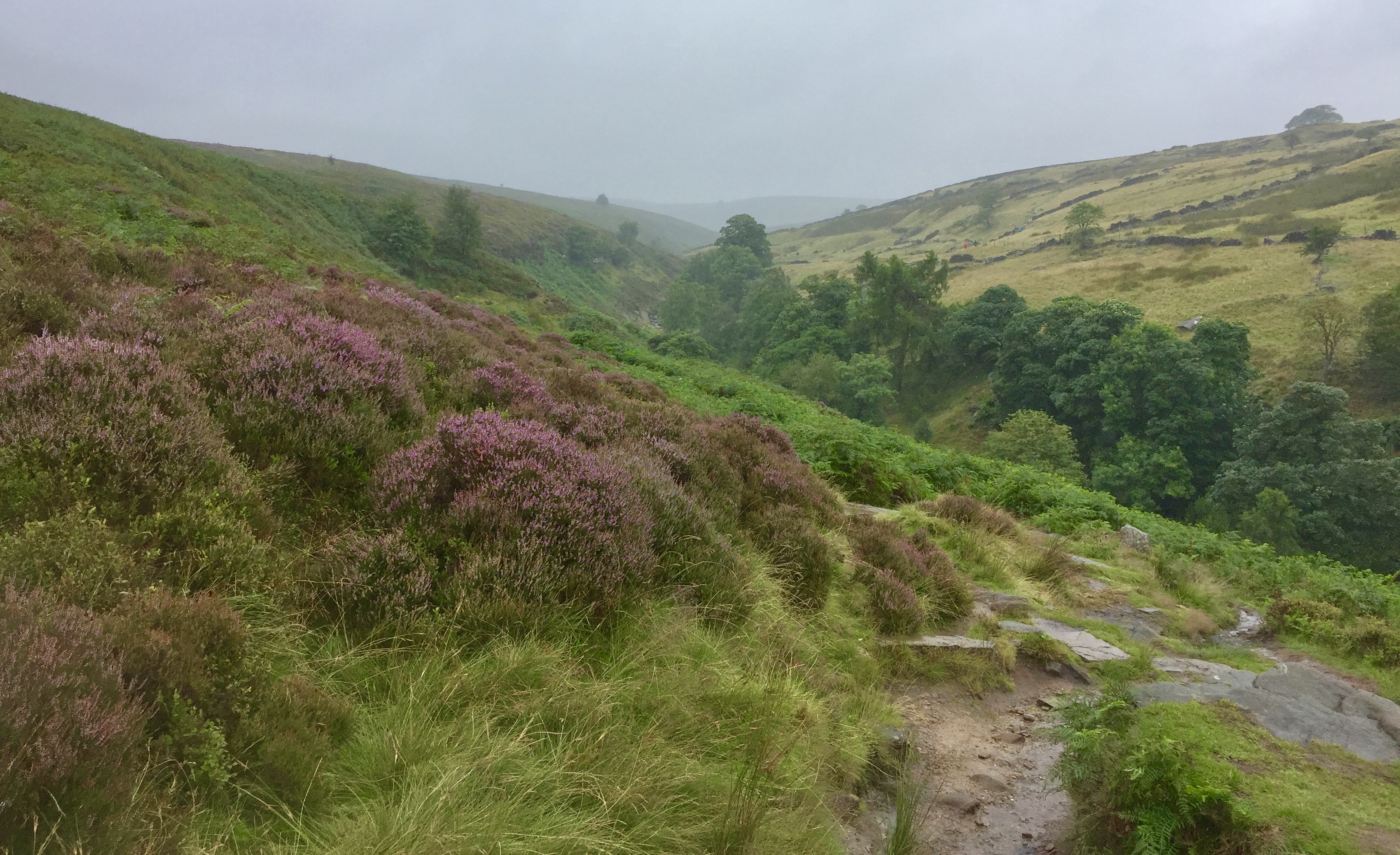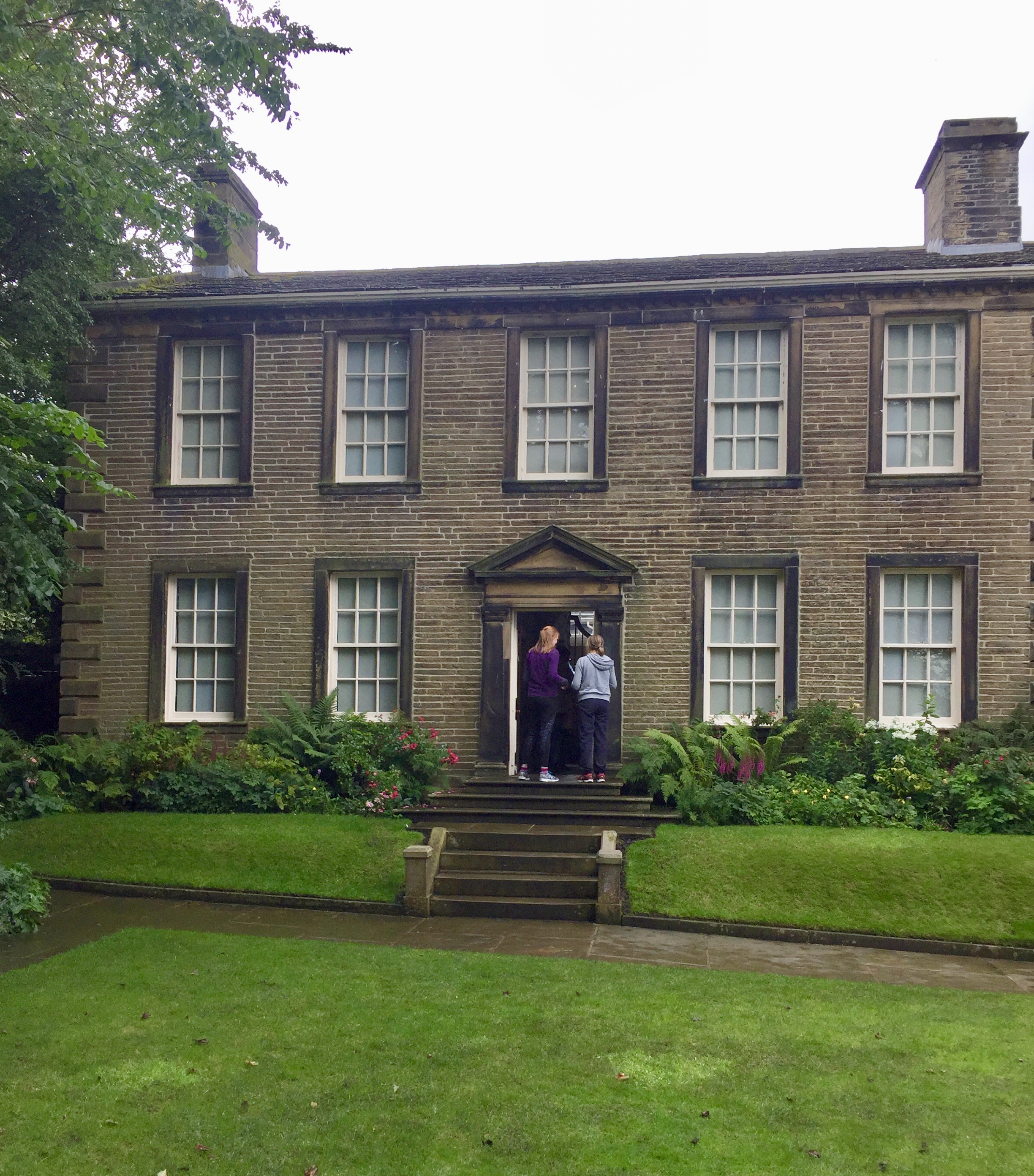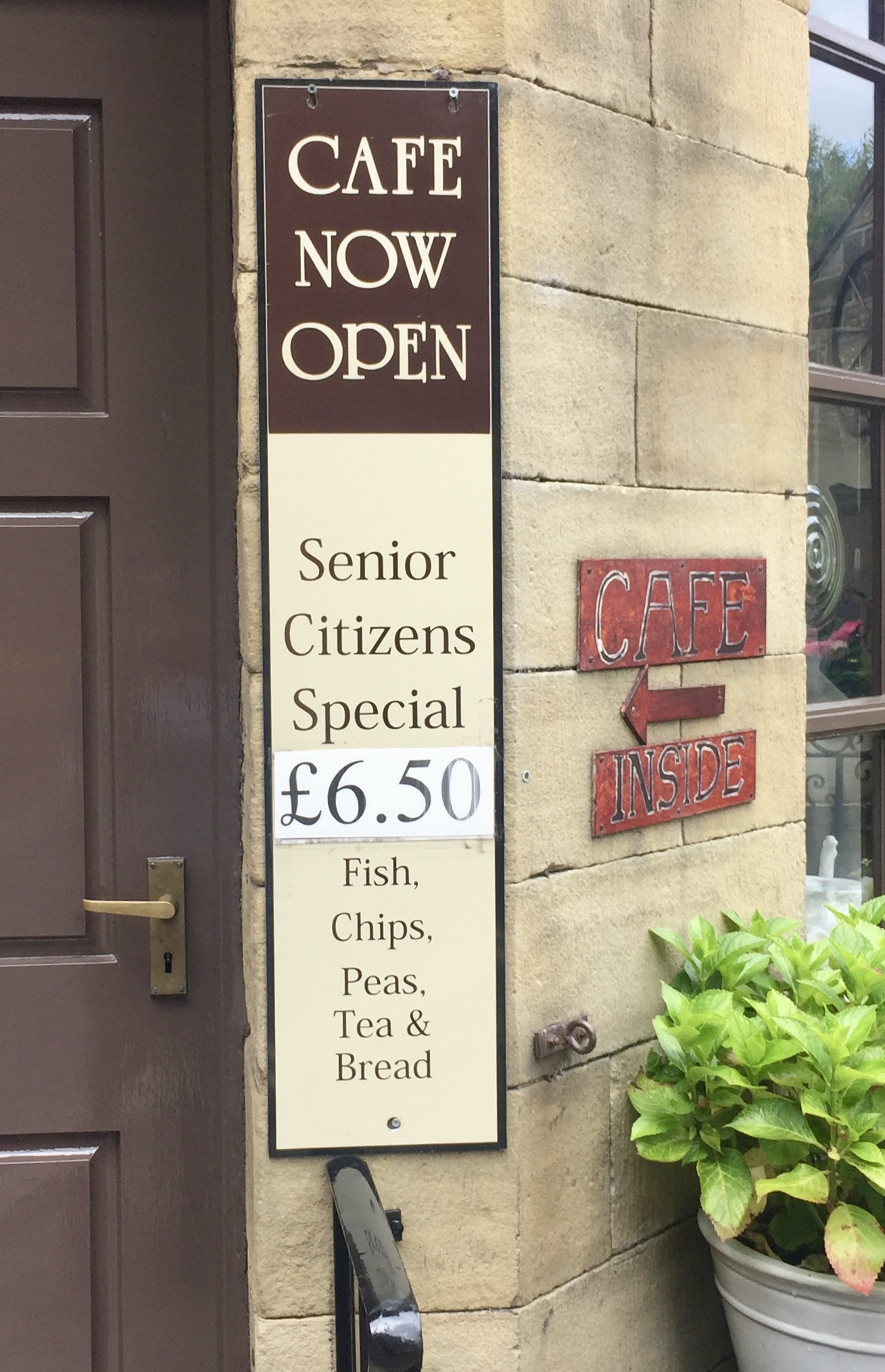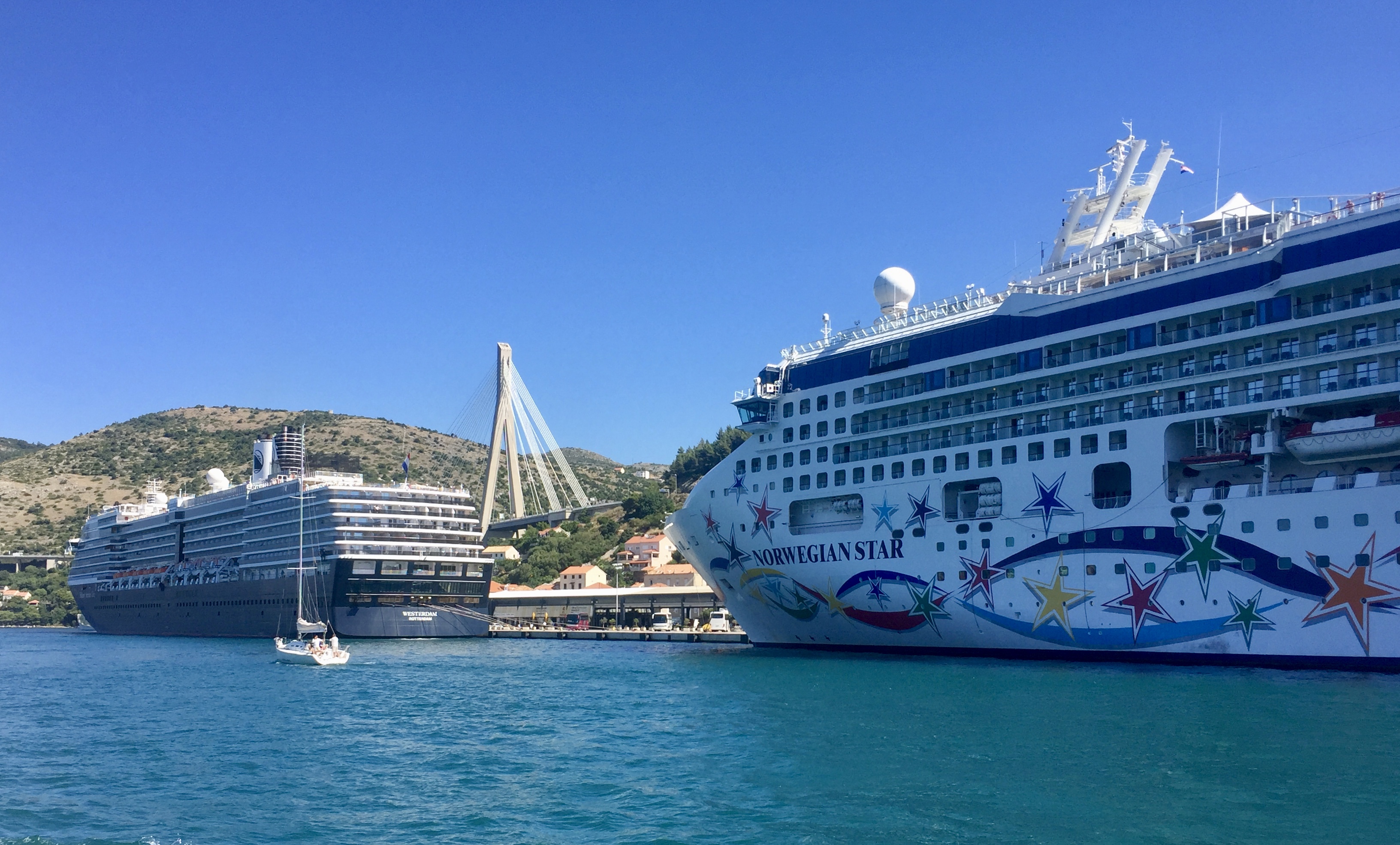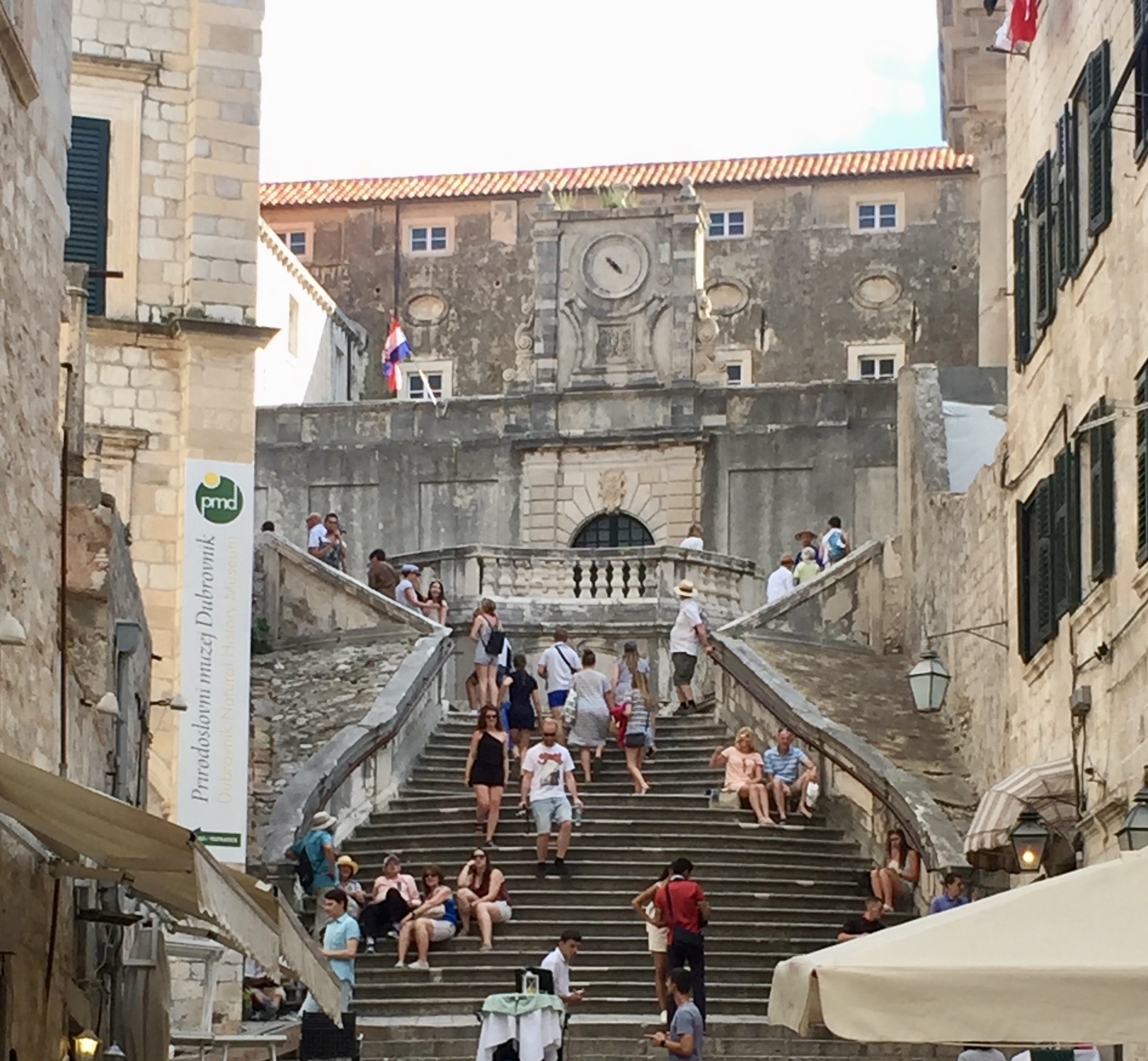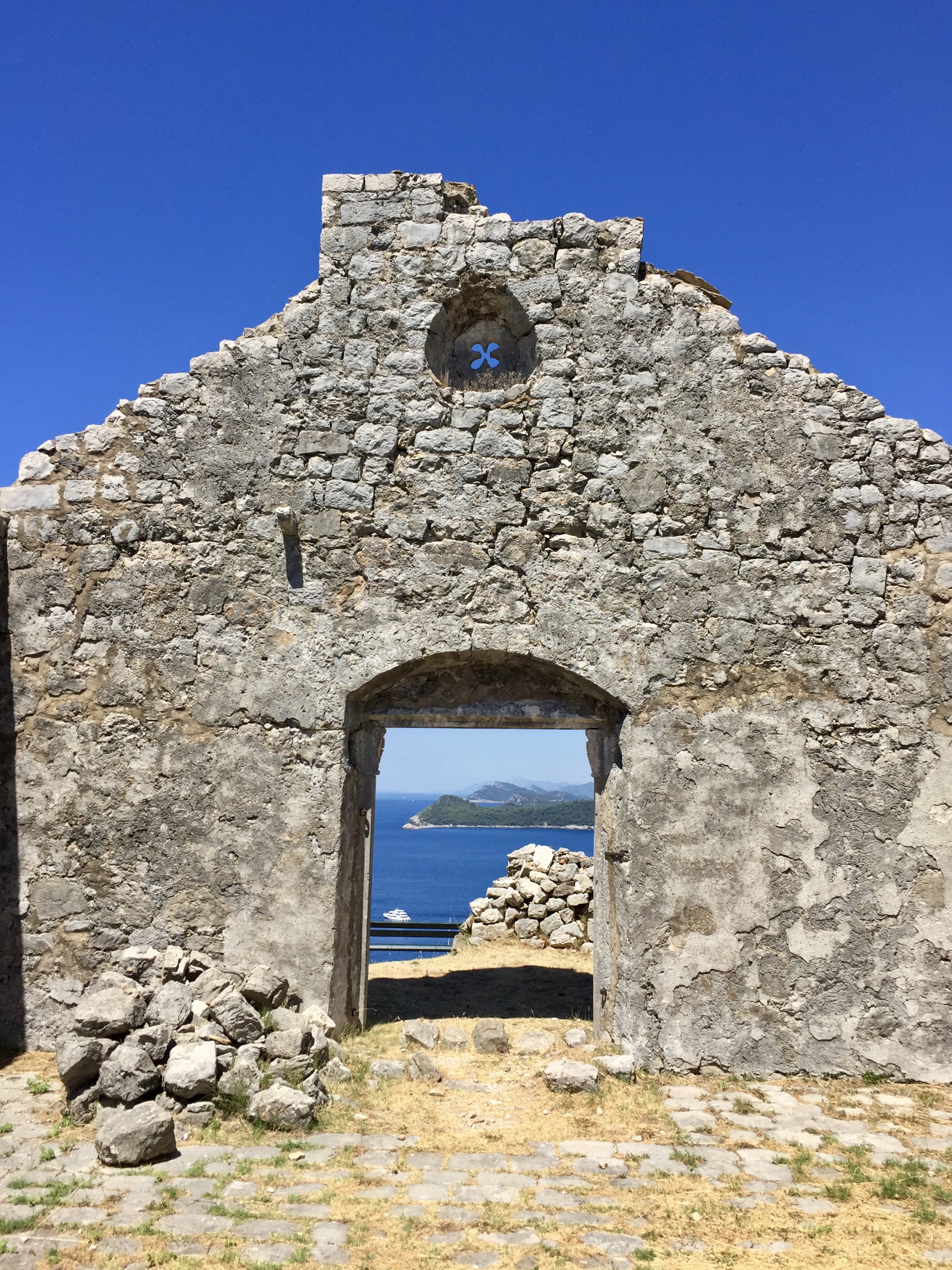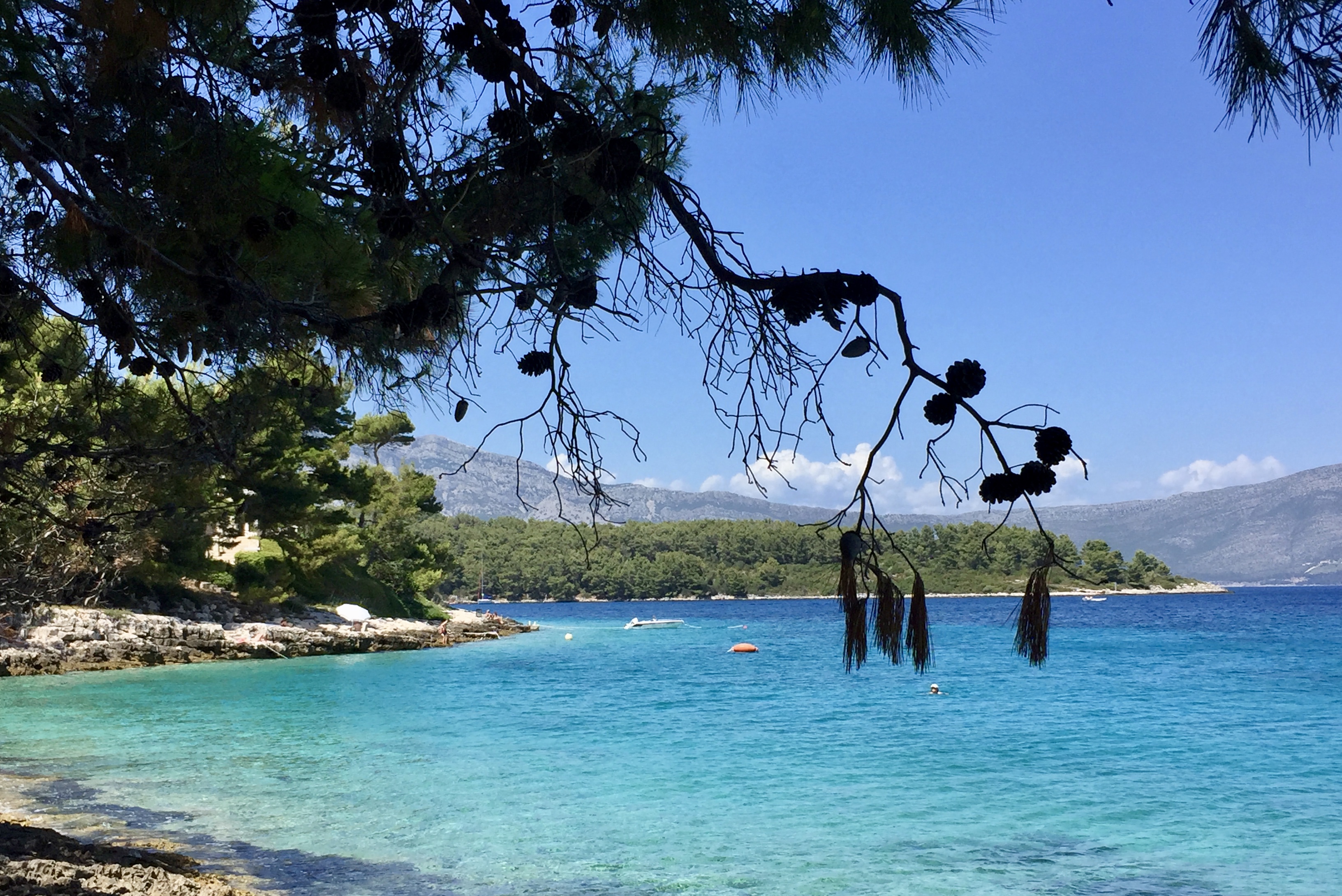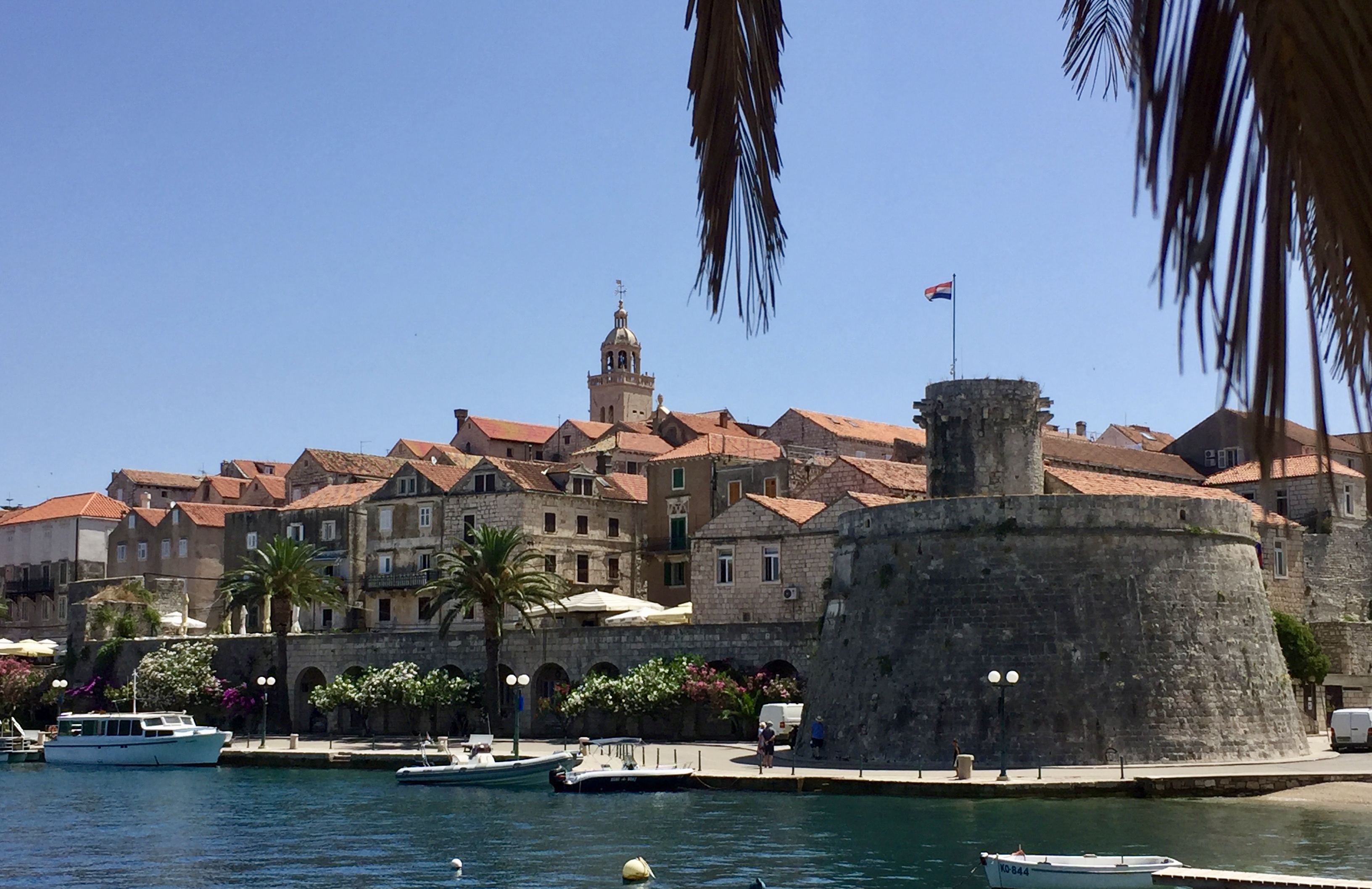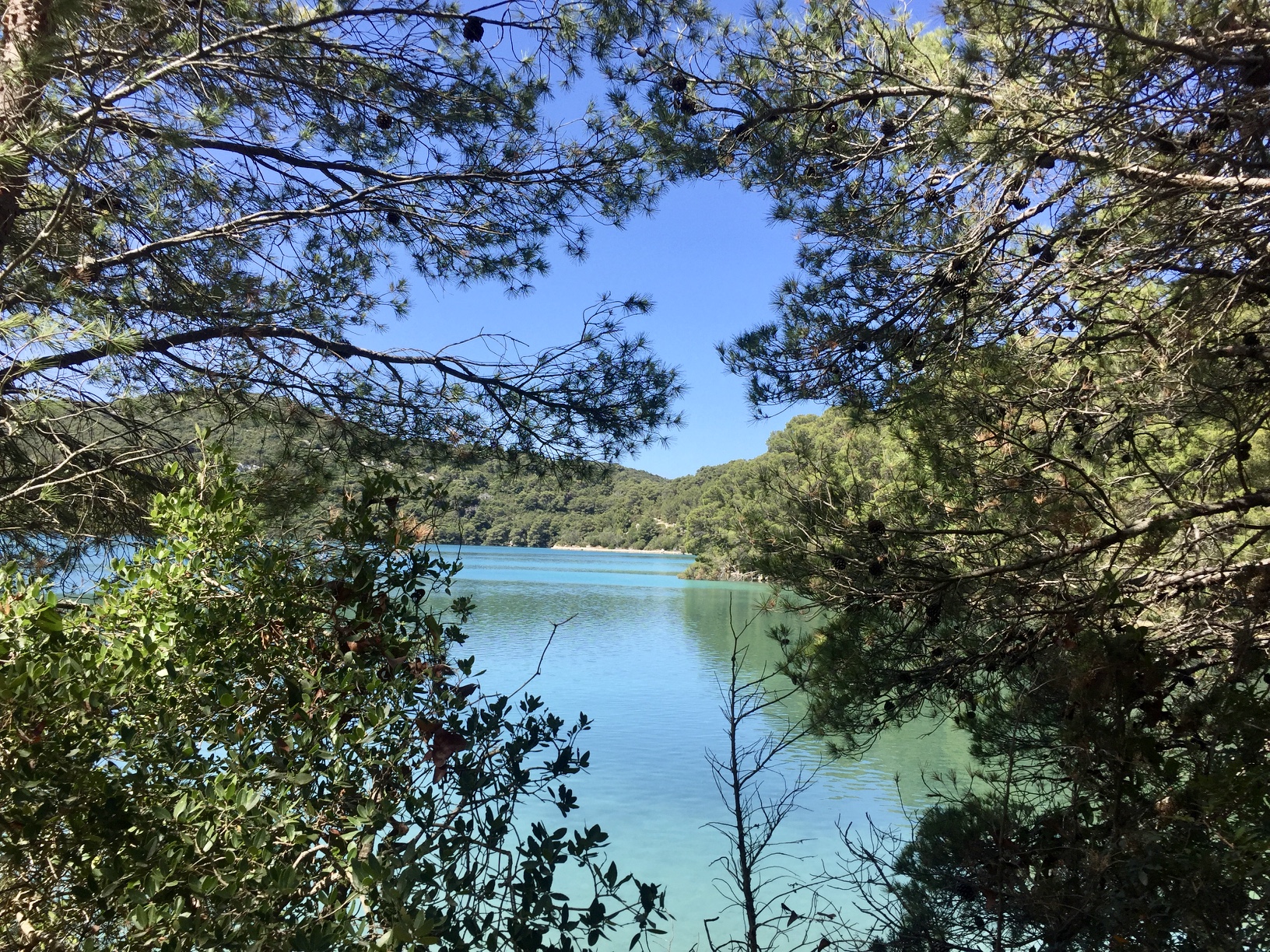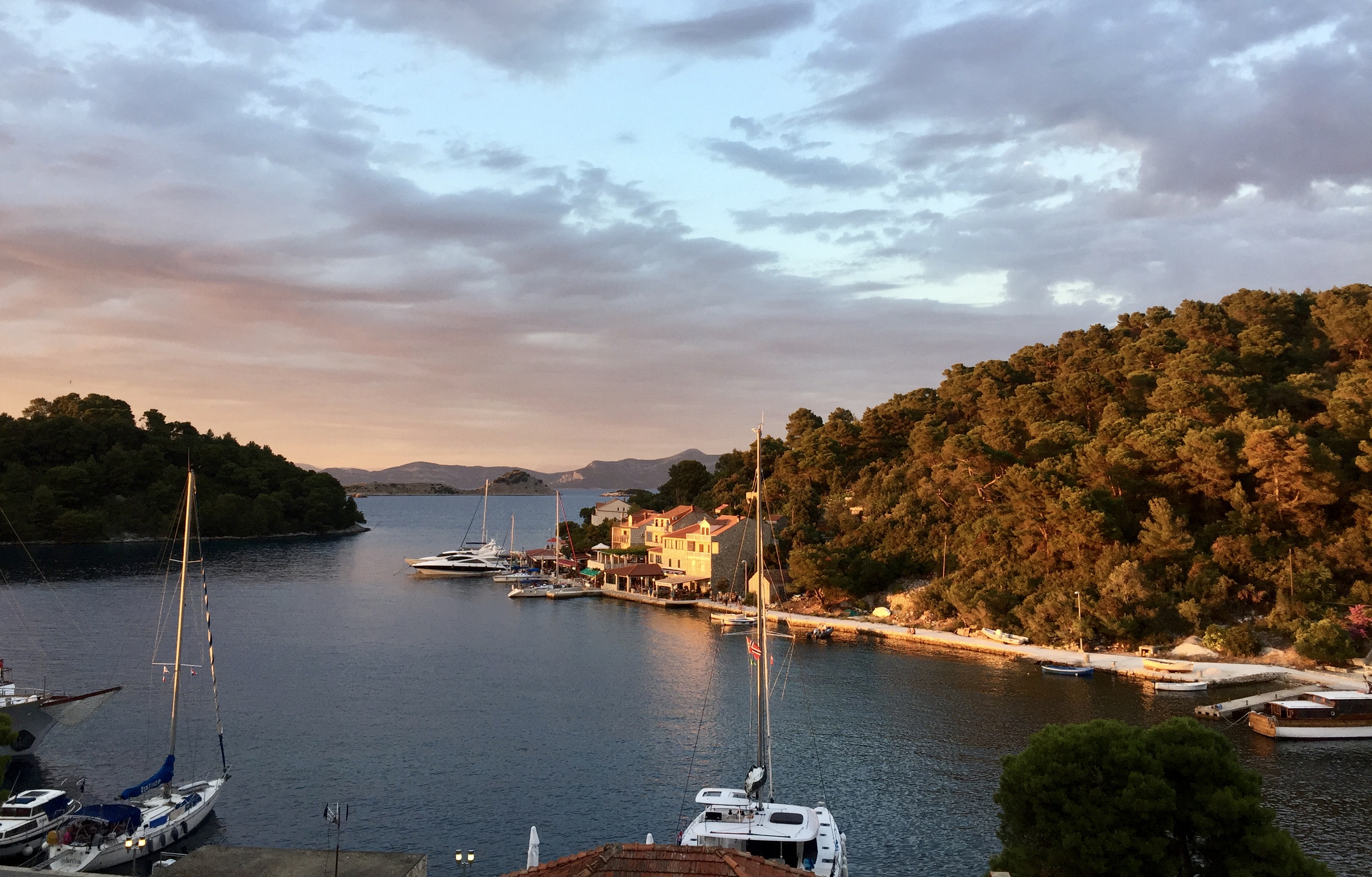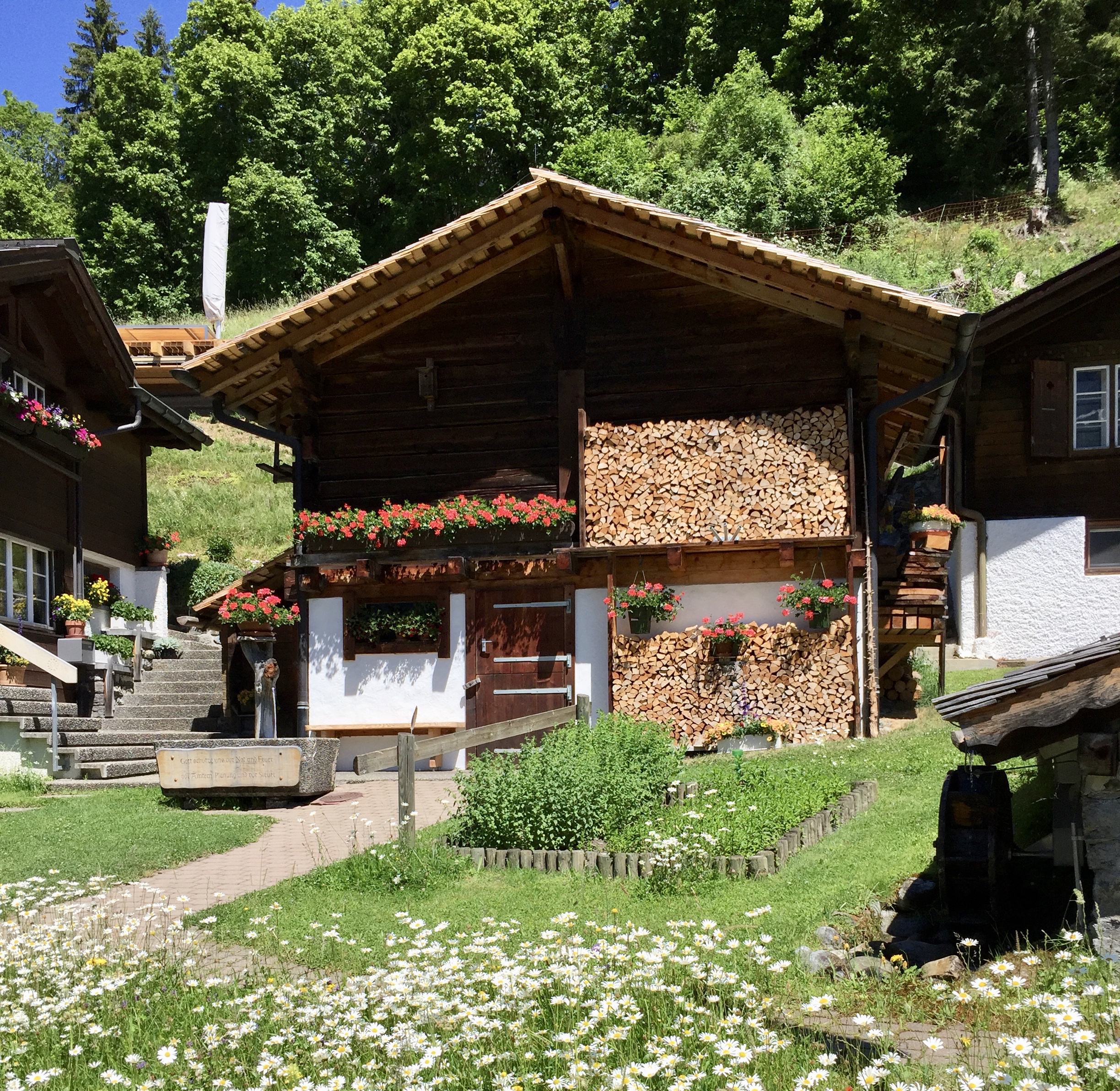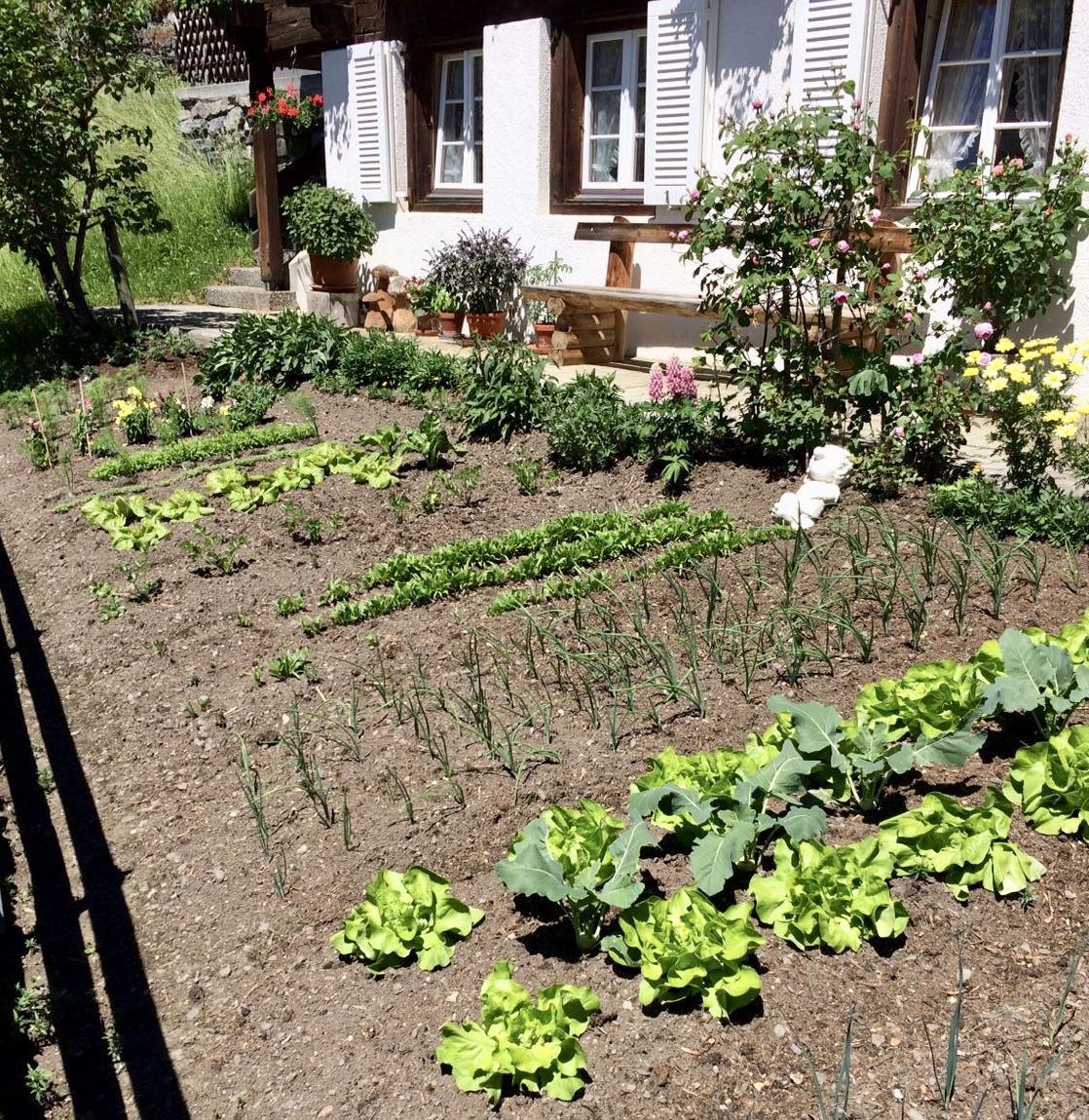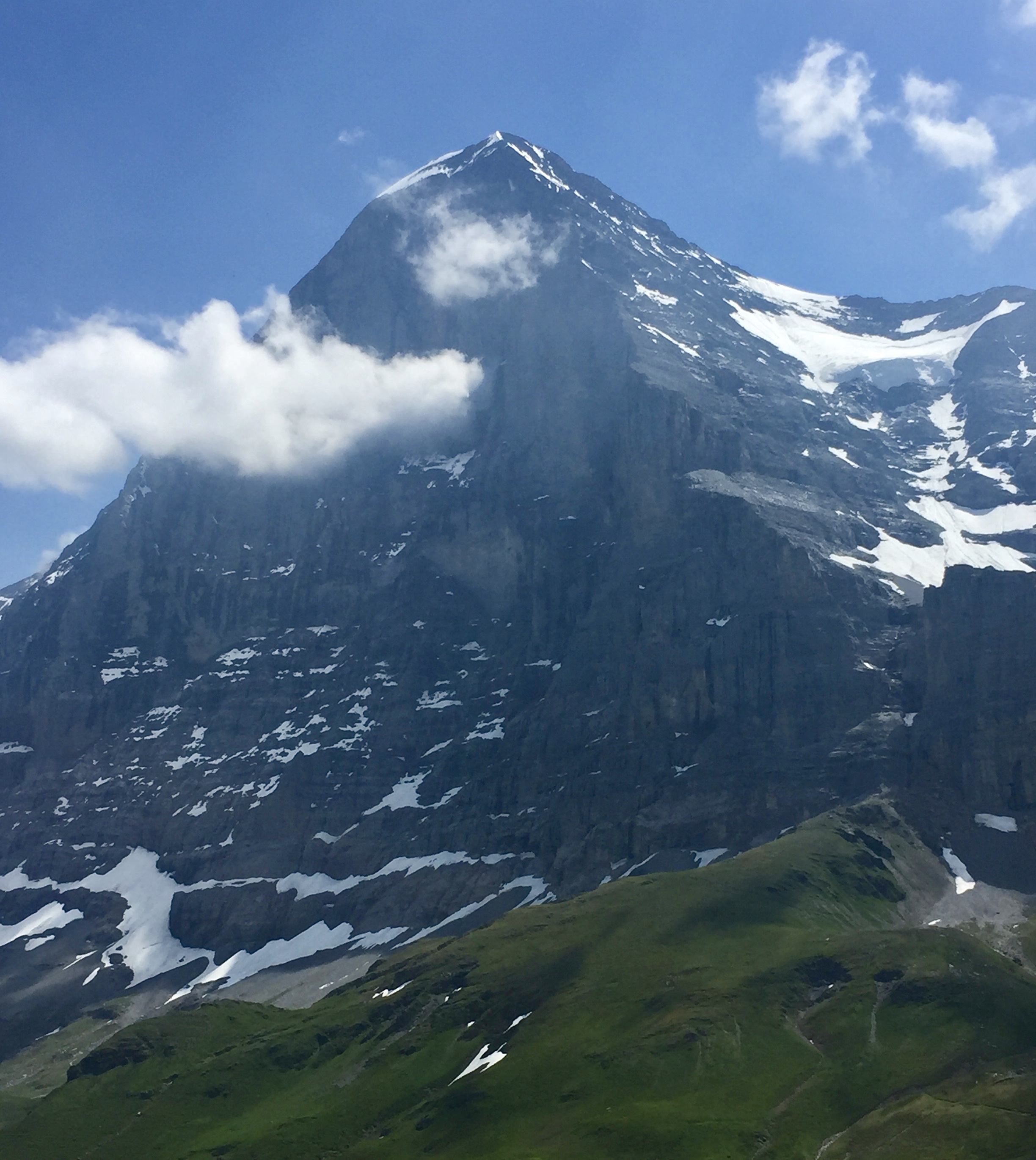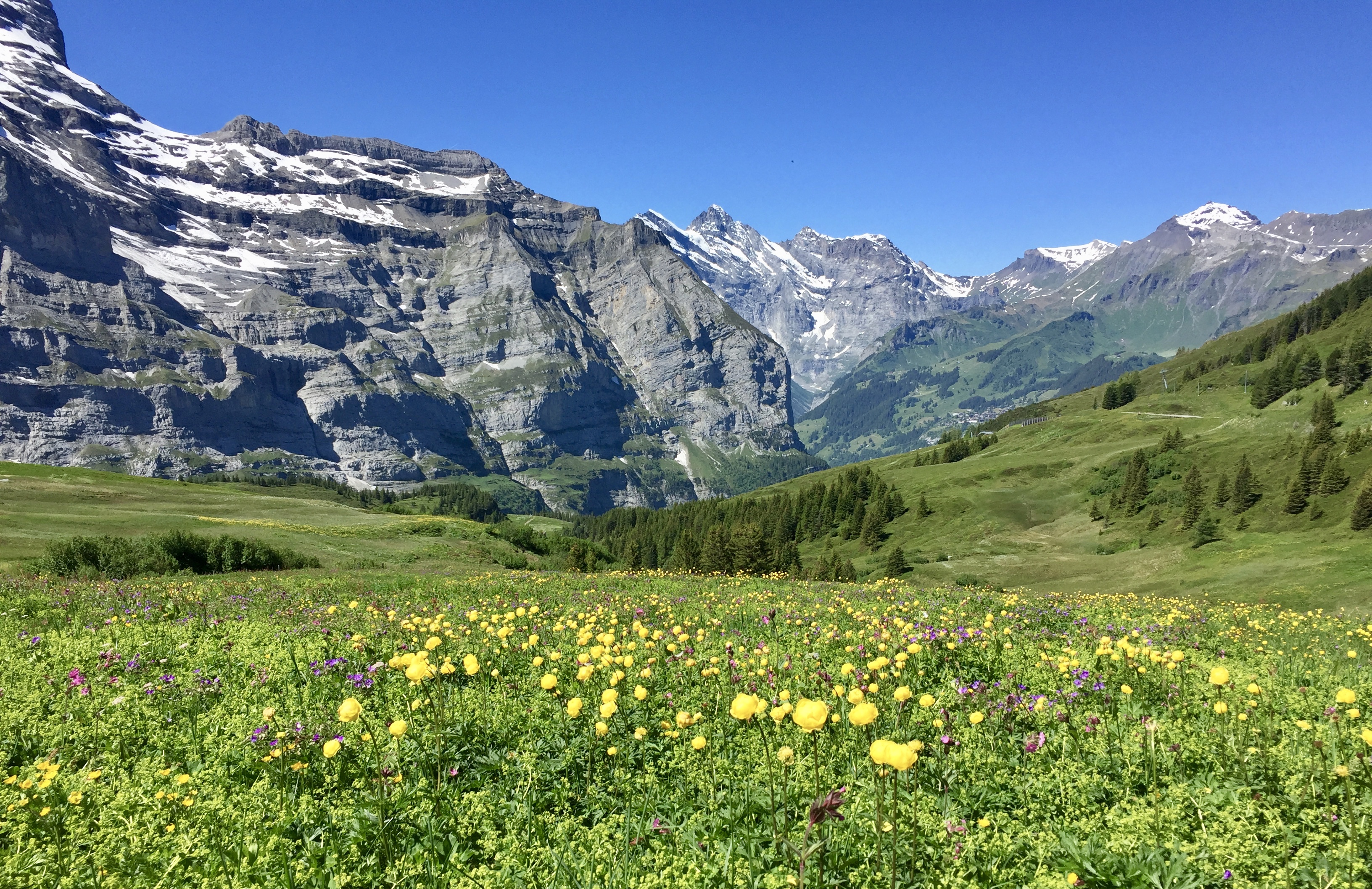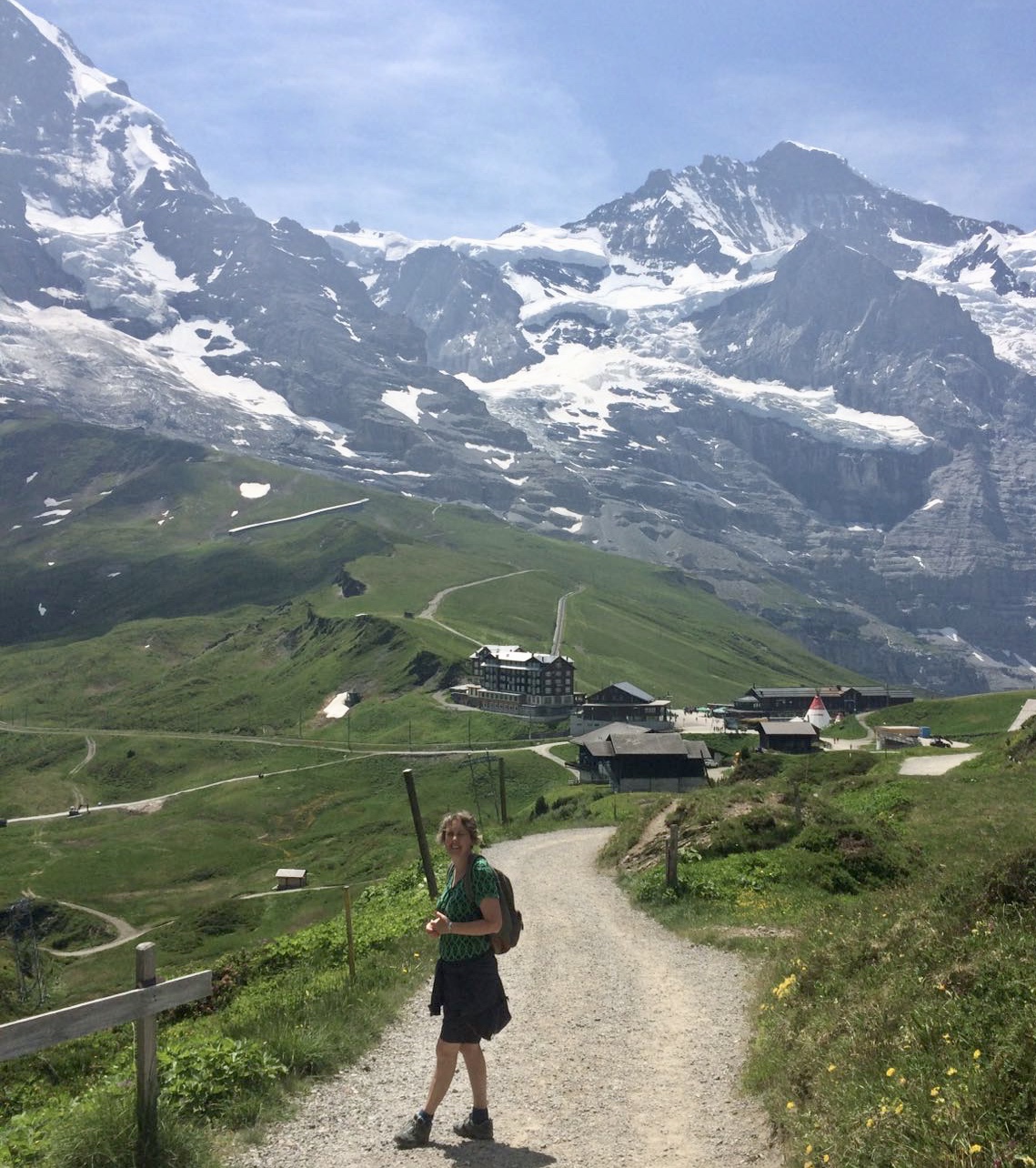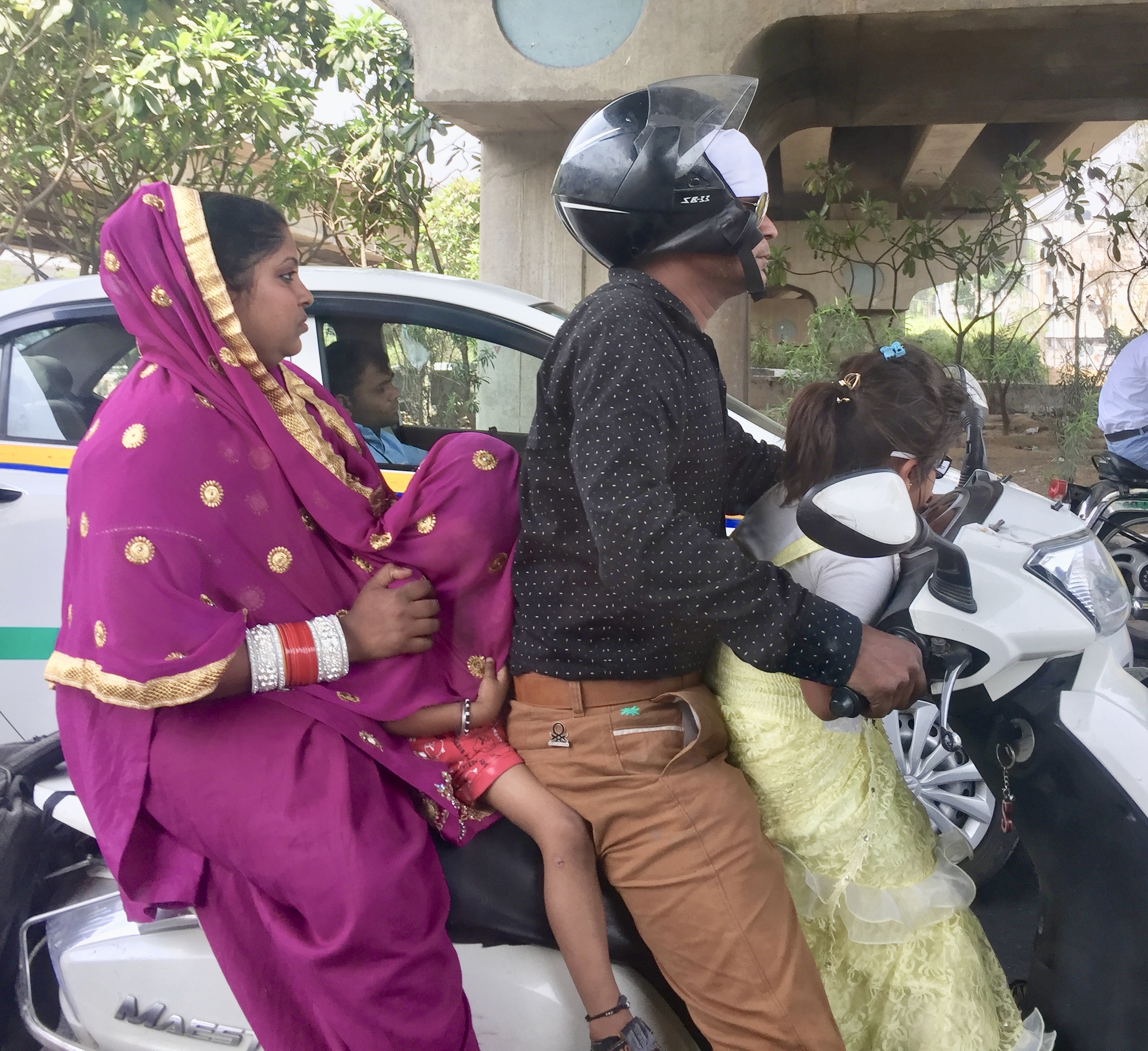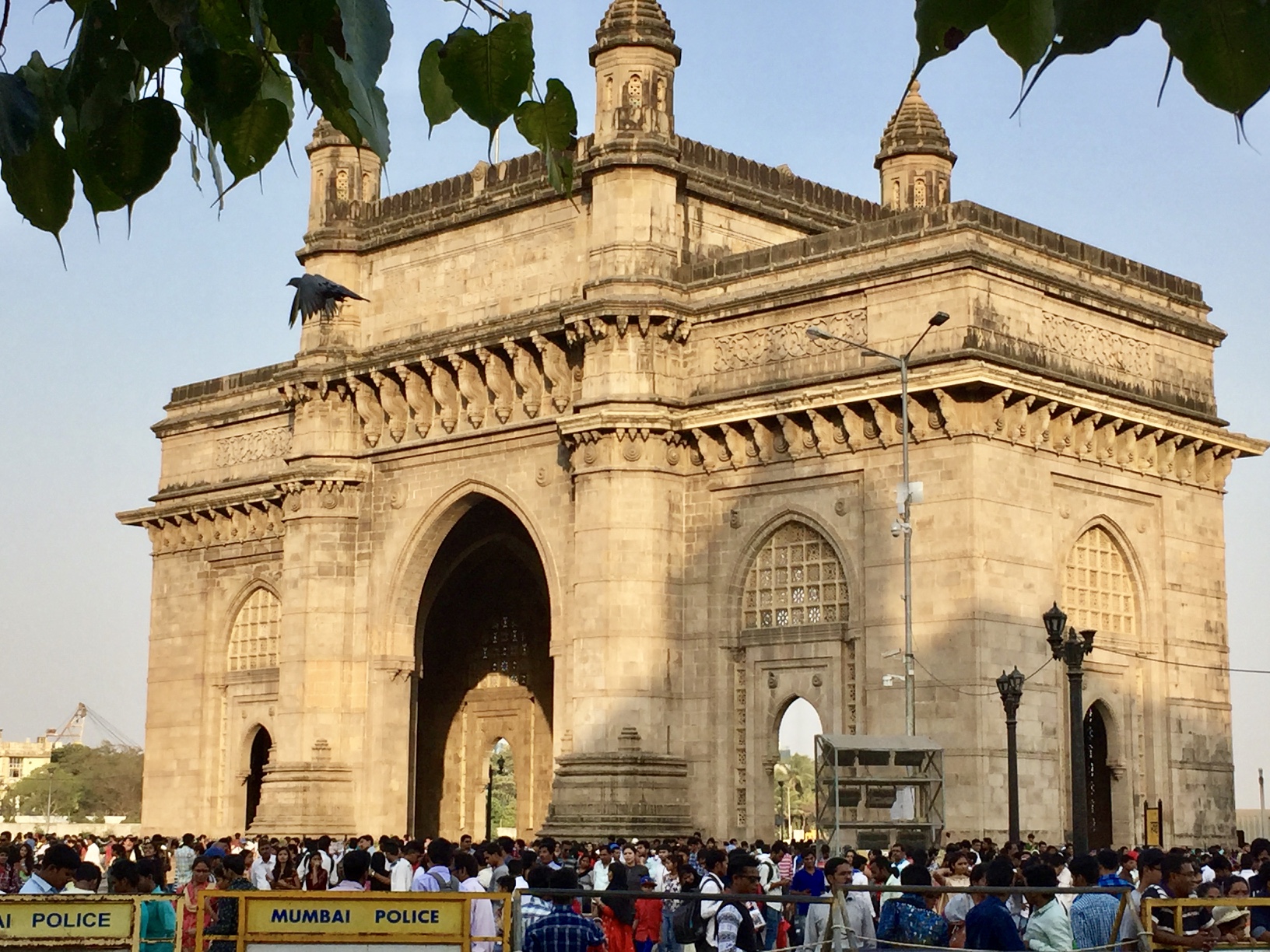Constructed in cement, the Monument to the Discoveries stands at the mouth of the river Tagus, in the parish of Belem, Lisbon. It is 52 metres tall and depicts a number of Portugal’s famous explorers including Vasco de Gama and Henry the Navigator. The monument is designed to resemble the prow of a ship and it marks the point from which which Vasco de Gama sailed in 1497, becoming the first person to link Europe to Asia by an ocean route when he landed at Kohzikode in Kerala, nine months later. The route travelled (round the bottom of Africa and across the Indian Ocean) was longer than a circumnavigation of the Equator.
The night before his departure, de Gama and many of the men who formed the company of his four ship fleet, spent praying in the church which was close to where the monument now stands. During the subsequent voyage two of the ships had to be scuttled because half of these unfortunates perished en route. Most of the rest contracted scurvy so it was, to coin a phrase, a motley crew which eventually made it back to Lisbon in 1499. Nonetheless they were given a heroes’ welcome and partly in honour of de Gama’s accomplishments, the King of Portugal, Manuel the First, ordered the building of the Jeronimos Monastery on the site of the seafarers’ church. It was financed by taxes on the commerce (especially spices) from the newly discovered Orient trade route which came to form the bedrock of modern Europe’s earliest and longest lived empire. This magnificent monastery, which weaves nautical elements into its design, is now a UNESCO world heritage site, and is one of Lisbon’s most popular attractions. Vasco De Gama is entombed within the neighbouring chapel.
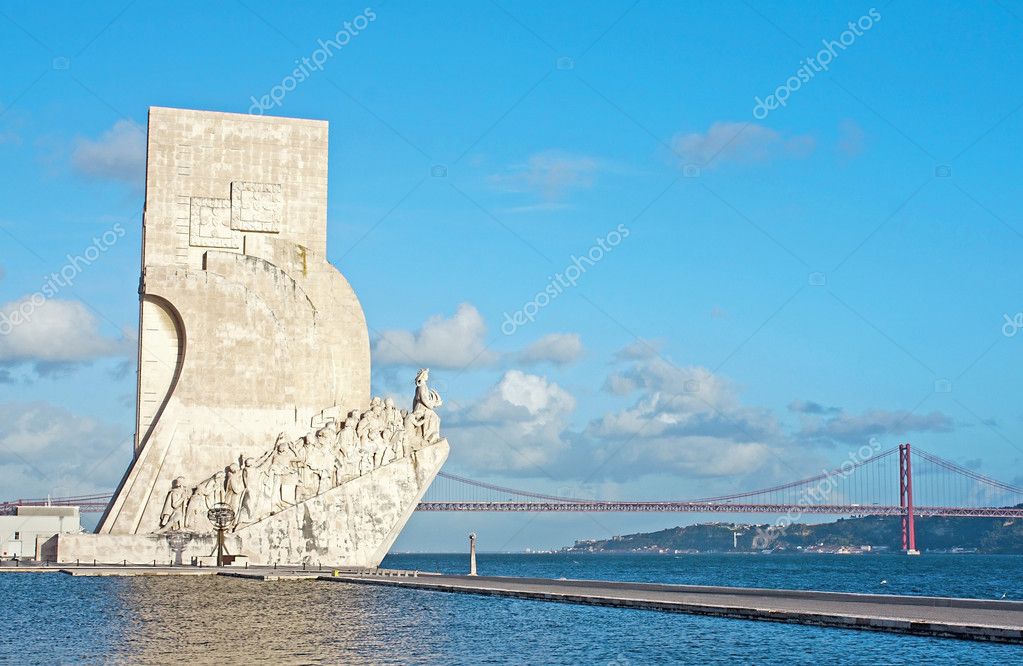
As I stood on the breezy bank of the Tagus and followed Vasco de Gama’s concrete gaze out to the open sea, I imagined the trepidation he must have felt as he embarked on his uncharted journey. While my trip to Heathrow Airport and onwards to Lisbon can hardly compare with the perils of the high seas in the 15th century, it is ironic that travel has now become once more an experience pierced by uncertainty and anxiety as the necessary bureaucracy and testing regimes are undertaken, their possible outcomes casting progress into doubt at every stage of the journey.
In the teeth of ever-changing logistics clearly designed to be as off putting as possible to the would-be traveller, I have remained resolute that somehow I would depart these shores this summer, if only to symbolise to myself that the worst of the pandemic is over. Ultimately the trip was worth all the effort. But the joy of setting foot on foreign soil again also served as an unwelcome reminder that some other history-altering events will endure permanently. The ignominy of being directed to the “All other passports” queue at Lisbon airport surpassed the indignity and expense of the three requisite covid tests which were a function of this trip. While there was no actual queue at passport control on this occasion, because airports are so undersubscribed at present, it is clear that British citizens will now have to adapt to inquisition as we cross borders in Europe. I took some comfort from the fact that the official who directed us to the right place did so with some chagrin on seeing our British passports. Partly because of our maritime history, Portugal and the UK have been allies since the Crusades and it can only be hoped that our relationship endures beyond Brexit, even if so much else has been lost.
The seafaring district of Belem is a bus ride out of central Lisbon, the “city of seven hills” which is characterised by its steep streets, trams and miradouros, a network of viewpoints which offer wonderful views and the opportunity to view the sunset or gather with friends for a drink. The city is often compared to San Francisco, and it is true that there are similarities between the two. Both boast glorious suspension bridges (if you squint at the orange Ponte de 25 April you could almost believe it was the Golden Gate), are famous for their cable cars and gradients, and share a painful history of severe earthquakes (Lisbon was 85% destroyed in 1755). But there are an equal number of differences between the two: Lisbon’s weather is infinitely more reliable in summer (as Mark Twain famously quipped “the coldest winter I ever spent was the summer in San Francisco”), the pastel de nata (custard tarts) produced here are surely superior to any in the world, and, above all, Lisbon has a far longer history having been settled since the Neolithic era.
Nowhere is Lisbon’s past felt more keenly than in the Alfama District, a maze of cobbled streets and tiled houses nestling beneath the Castelo de Sao Jorge. This area has been occupied by traditional Portuguese families and tight knit communities for centuries. Old women, looking unsurprisingly cheerful, ply shots of the local cherry liqueur Ginjinha from little tables on the street beneath billowing laundry lines. Serpentine allies lead to secret sunlit squares. The strains of “Fado” (traditional, generally mournful, Portuguese guitar music) drift from open windows.
Atmospheric Alfama, in common with everywhere else in the city, is an open air art gallery because of the “Azulejos” facades of most buildings. These intricately patterned, glazed ceramic tiles adorn private dwellings, churches, restaurants and even bus stations. They are offset by the more recent murals, doodles and tags which can be seen everywhere. Graffiti finds its full expression in Lisbon where it has been rebranded as “street art” and guided tours showcase its best examples. Although the repeating patterns of the azulejos continue to inspire professional street artists, the ubiquitous spray painted squiggles make some parts of the city look shabby and derelict rather than cutting edge. In fact Lisbon overall has an unkempt air, it is not manicured, there is little restoration going on and the prevailing attitude is “take it or leave it”. All of which makes for a very relaxed atmosphere, with the hectic bustle of urban counterparts largely absent. This city welcomes tourists but it knows its own mind.
Yet Lisbon’s slightly rebellious air contrasts sharply with the national attitude of the Portuguese towards the Covid secure measures in place. On the London Tube I observe that the wearing of face masks now seems to have become entirely optional and, despite it being required as a condition of carriage, in practice it is not enforced at all. Likewise in supermarkets here, face coverings are the subject of entreaty rather than mandate and many customers appear to be ignorant or bored of the whole subject. Whether or not it is advisable, it is understandable that people want to consign this wretched pandemic to history by discarding its emblems.
In Portugal however, everyone wears a face mask everywhere indoors – exemption is not a thing and I was upbraided more than once in hotels and restaurants for the poor positioning of my face covering in relation to my nose. A conversation cannot begin anywhere until appropriate cowling is in place. Given the challenges of the Portuguese language, I confess that this added a further obstacle to effective communication. Outdoors, masks are worn as bracelets, ready to be replaced on the face immediately when required. There is no digging around in your bag to find the remnant that you discarded there earlier and halfheartedly suspending it from your chin.
Despite this constant reminder of the times in which we live, Portugal provided the restorative perspective which travel always brings. Beyond Lisbon, our exploration continued in the Arrabida Natural Park, an uncommercial area South of the Tajus which provides scenic ridge walking opportunities, glorious views of Lisbon in the distance, and fine beach resorts stuffed with seafood restaurants. The Portuguese consume more fish per person than any other nation except Iceland and Japan. They can list 365 different ways to cook cod (bacalhau). Seated at a beachfront table with the day’s catch being proudly borne forth for inspection by the waiter, the words of the Portuguese national anthem never seemed more apt. This “happy land is kissed by the ocean” – and it always provides something new to discover.

